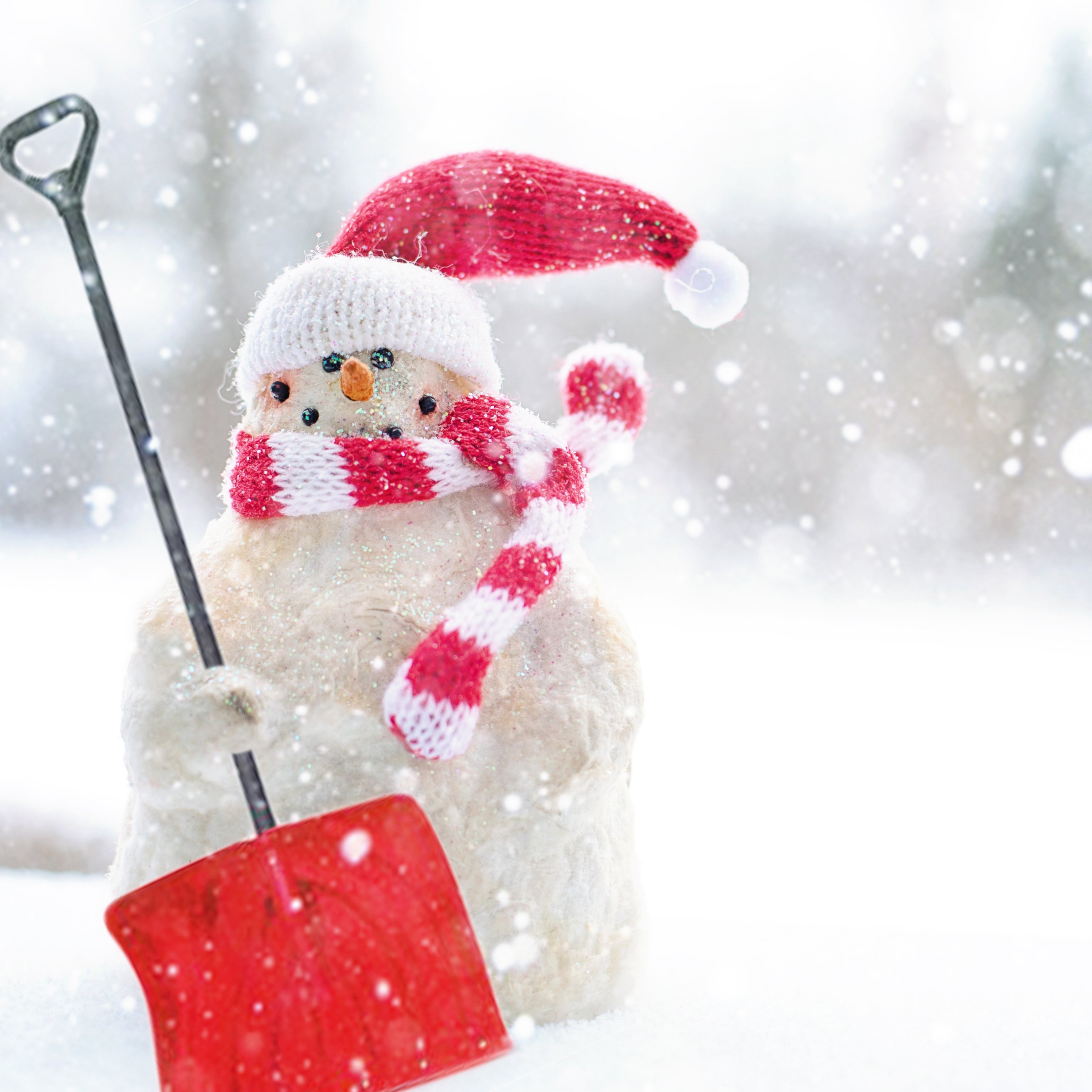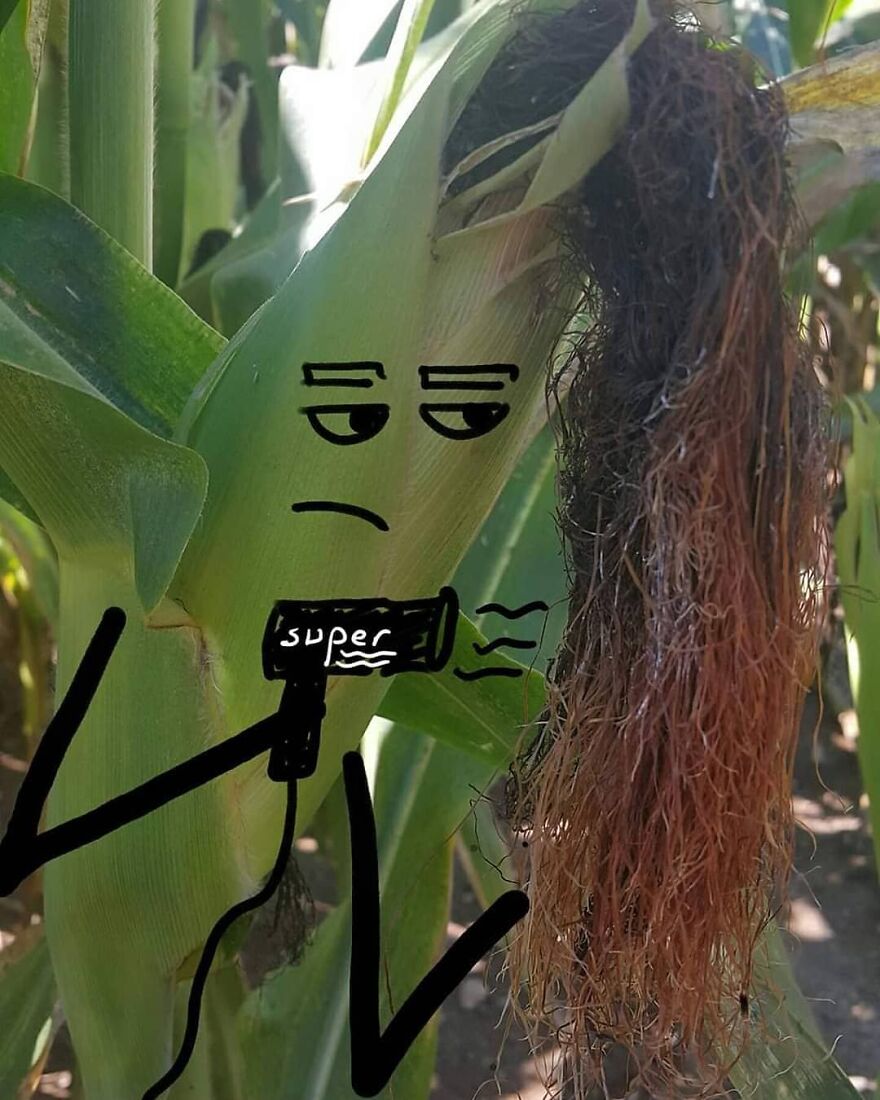We all make beautiful feelings about the snow because it’s covering everything like a white sheet wherever it exists—what a lovely view of a landscape shining white covered in snow. The song ′′ White Christmas ′′ which means ‘White Christmas’ in December where snow can be seen, is always played by English language media agencies.
Even in those countries meteorology records, snow is probably mentioned as ‘white stuff’. Even in other countries, the snow-white is called extreme white. It can’t be snow if it’s not white. Yet, there’s a reason to surprise us when we think more about this. Snow is a lot of ice crystals together that makes us wonder how the snow is so white because you can’t see that white on the ice.
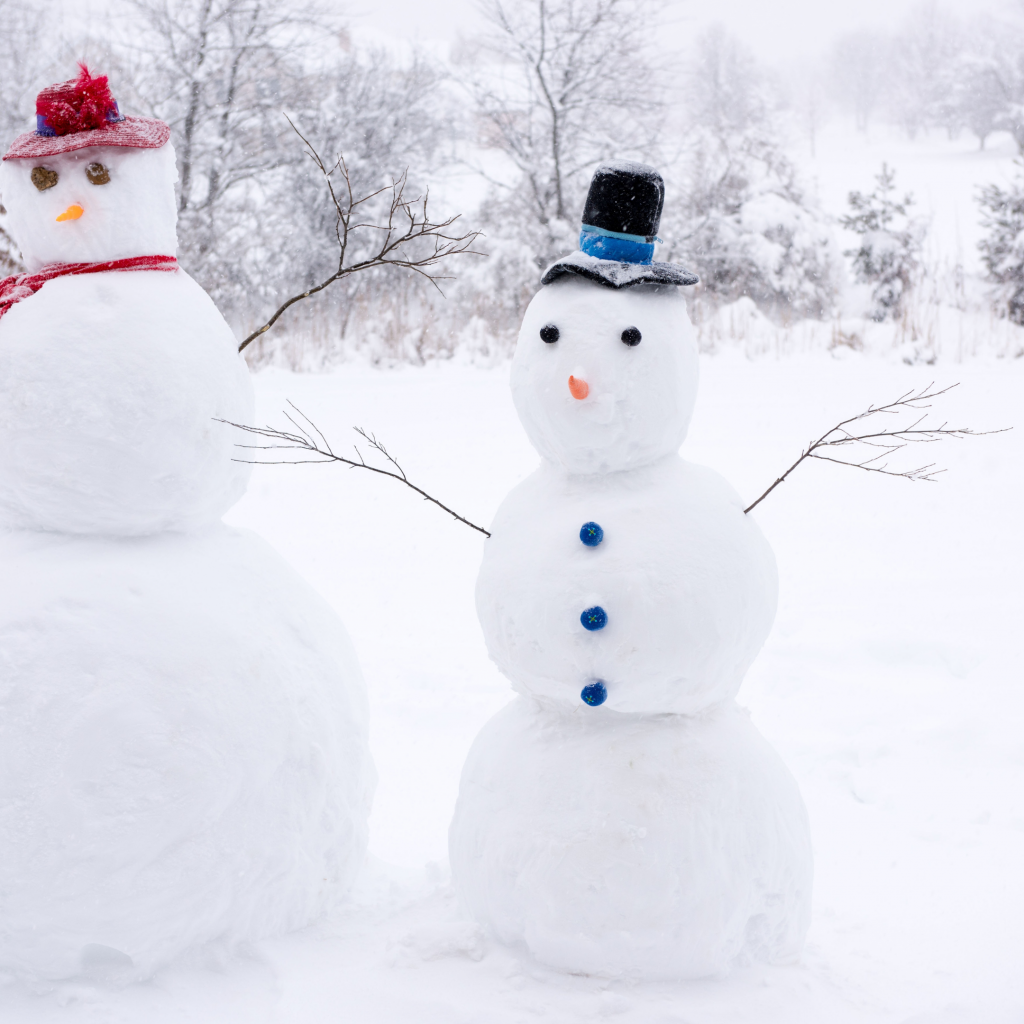
So how does the snow get this tremendous white?
To know what this white is coming from, we must first look into how each gets a different colour. The light we see, which means the visible light consists of many other lights. Different colours identify our eyes. Different objects have different colours. This is because the object’s distinctive cells (molecules and atoms) have different vibration frequencies based on the frequency of energy.
If light energy is taken, molecules and atoms absorb some spare energy, staying on the frequency of light. This means objects absorb specific light frequencies more than other Several different factors can happen to the non-absorbed light numbers. Some materials can travel through the other section without re-release the photon area. At this point, the substance is visible as the light goes entirely through the sense. Most of the thick material is cells; most unapproved portions re-emissions out of the material without allowing light to penetrate anyhow or only very little. Then the object is paradise (opaque). The colour of a paradise object is merely a combination of light energy that has not been absorbed by the object’s cells.
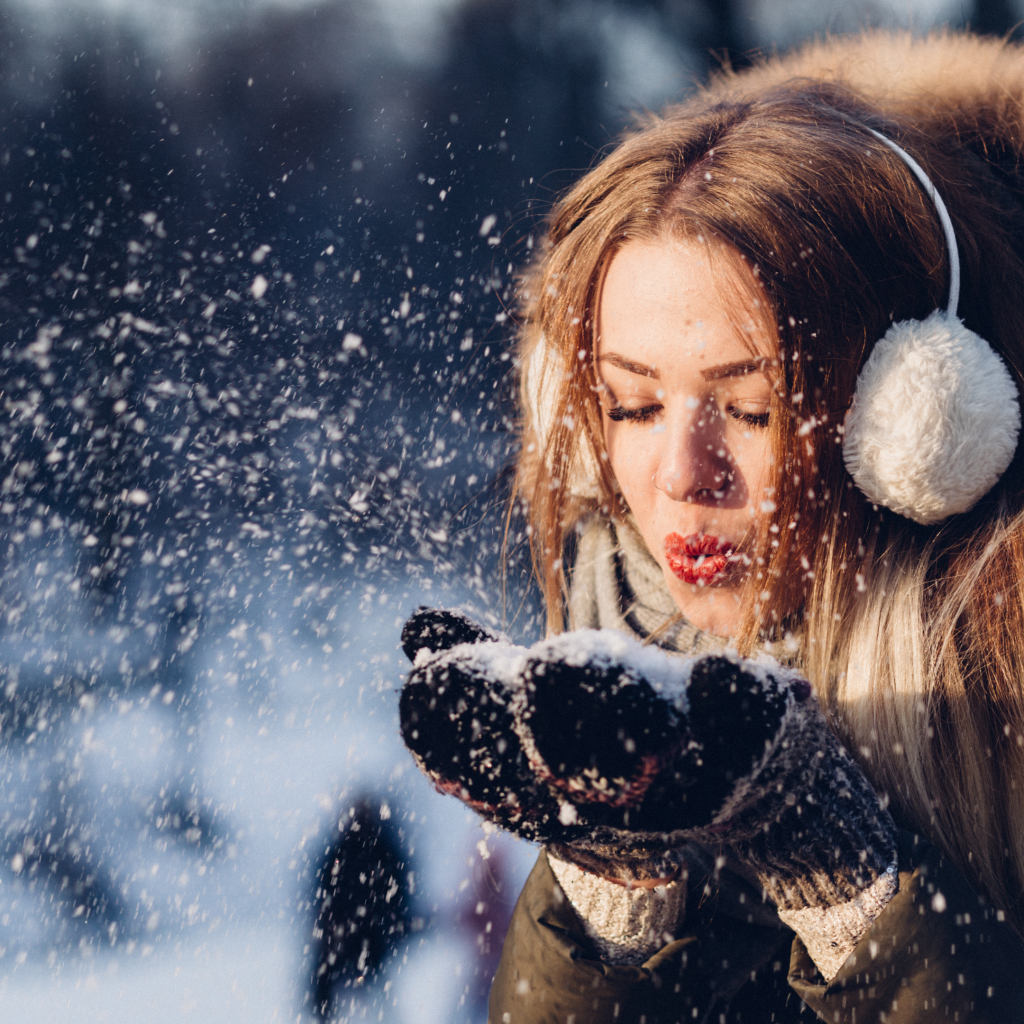
So, if snow is frozen water, how does snow have a distinctive colour? We need to turn back to the roots and determine when we said before we understand this. Ice is not a road visual but a consumer (translucent). This means light doesn’t travel through a straight path through the substance (ice here). Particles of a material change the direction of light. This happens because some atoms with the molecular structure of ice are close to the height of far light frequencies. It says light portions interact with systems. This results in the change of pathway in delicate pieces, and it goes out in a different direction than it enters the ice.
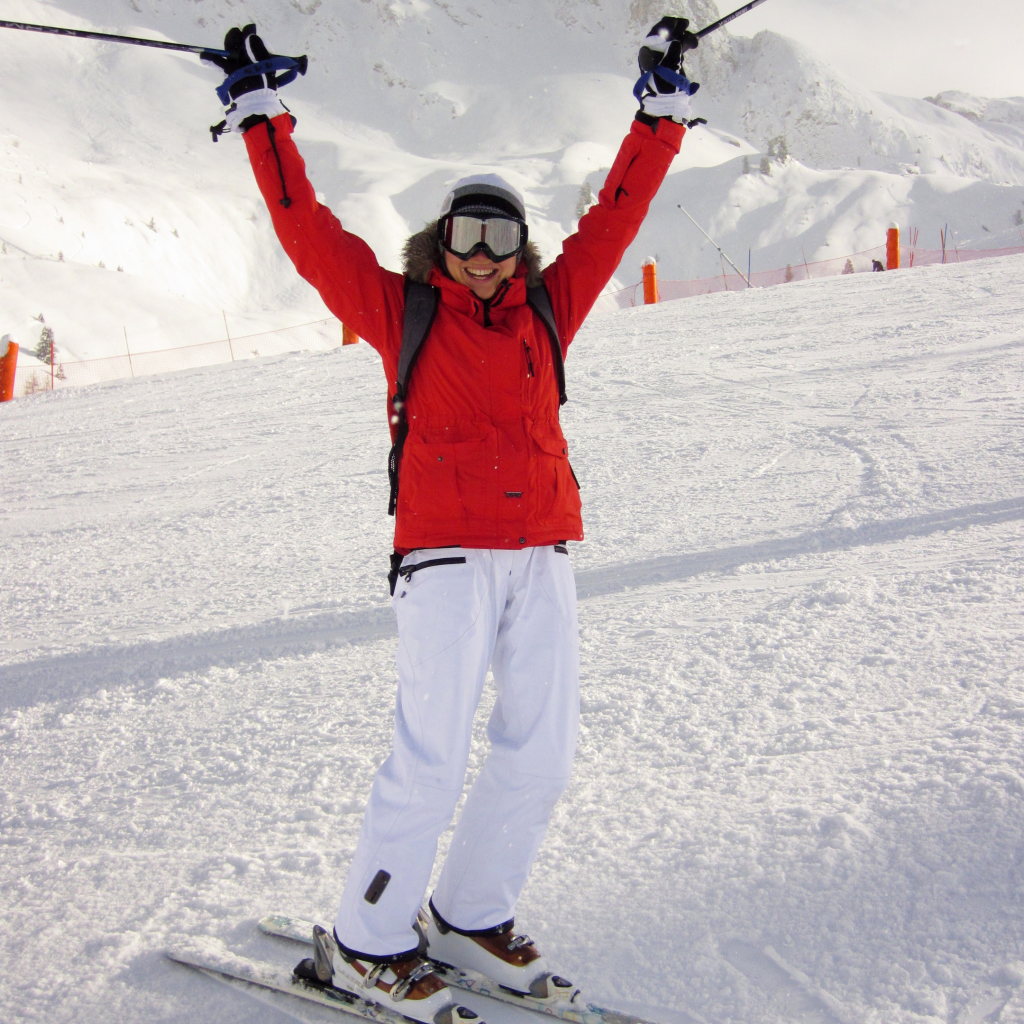
Snow is a preparation that put together a single ice crystal brush. When a light portion enters a layer of snow, it goes through an ice crystal on top, slightly changes its direction and sends it to a new ice crystal. That crystal does the same thing.
All the crystal lights will be floated at four feet by the way they return from the snow. It does the same thing to all other different light numbers, so all light colours jump back out. White or white when all the colours are added in the same way in the frequency of the visible spectrum. So, even though the colour of the single ice crystals that make snow isn’t white, this is what we see in the snow.
Could you go and check my other article also?

